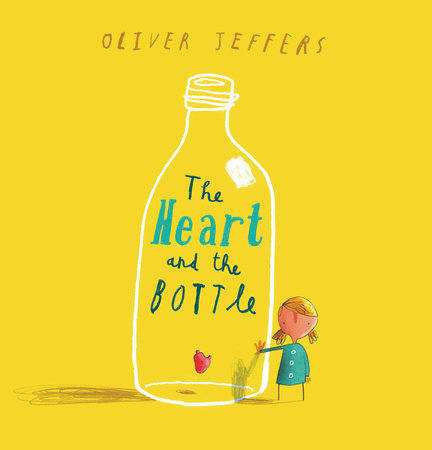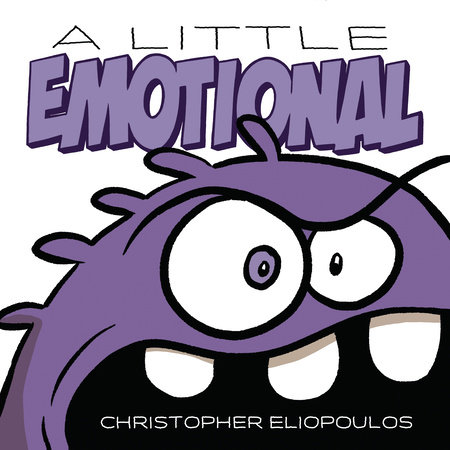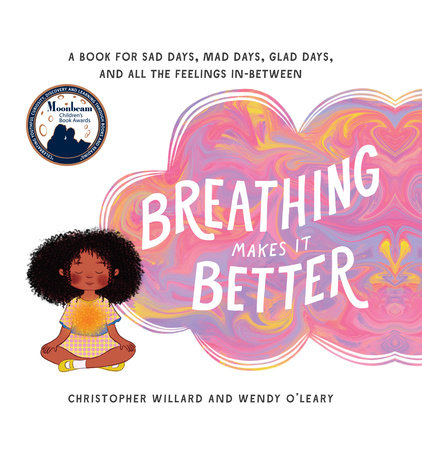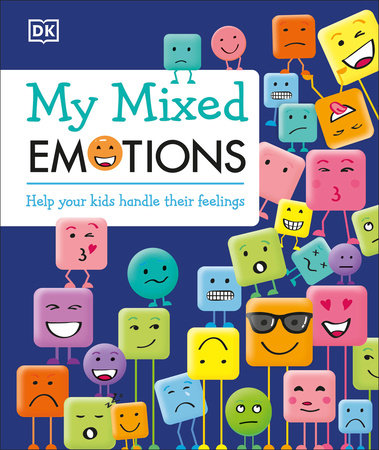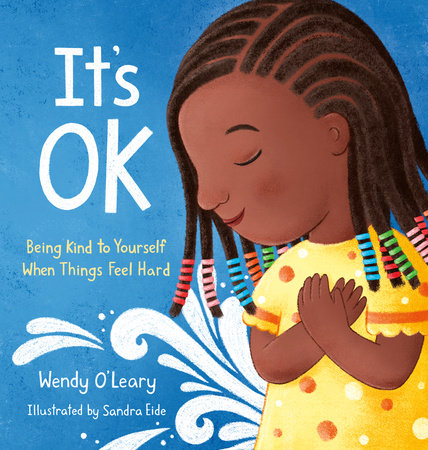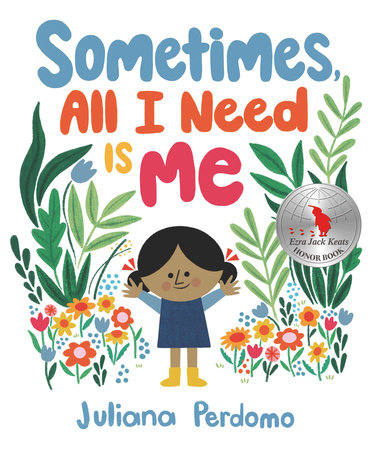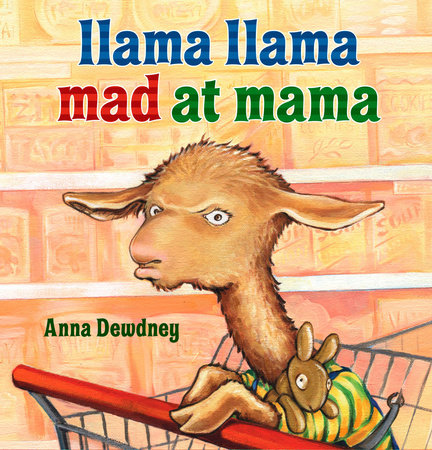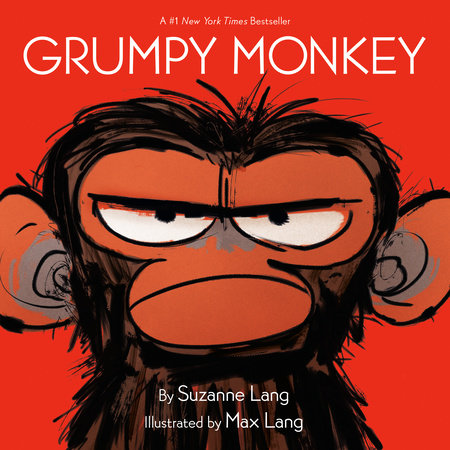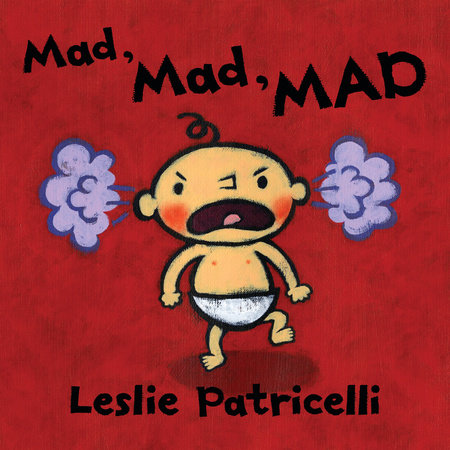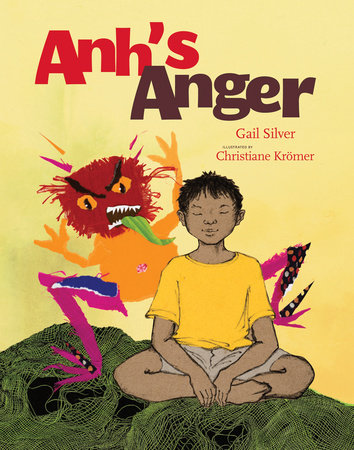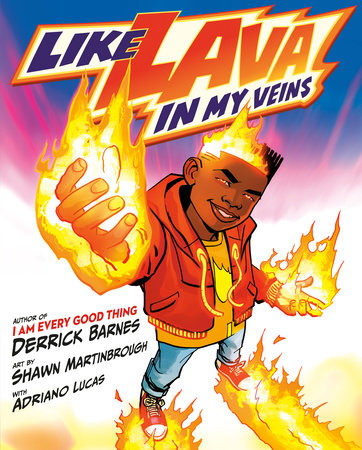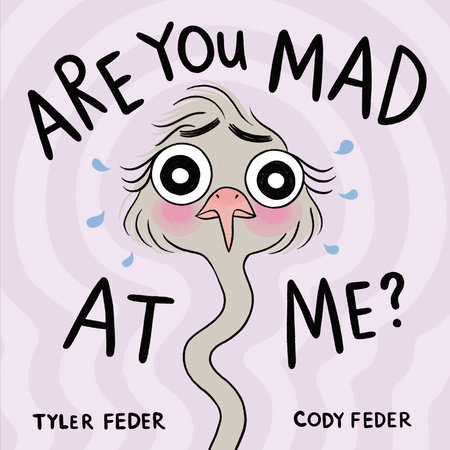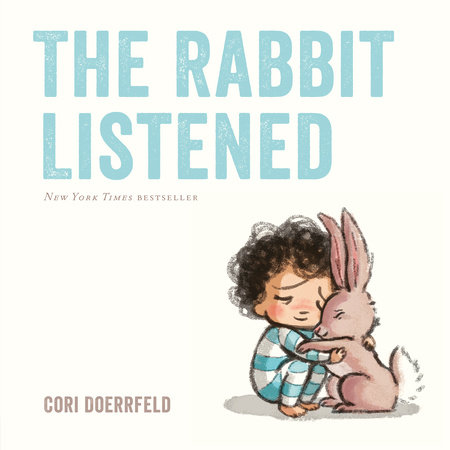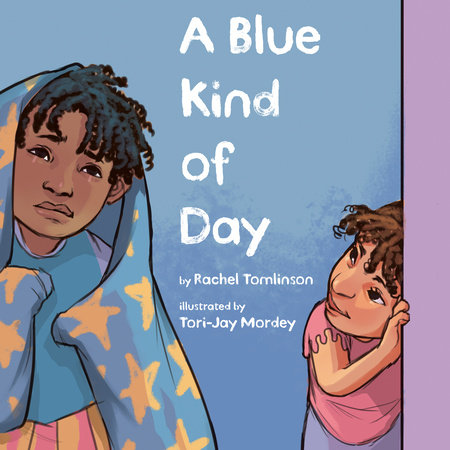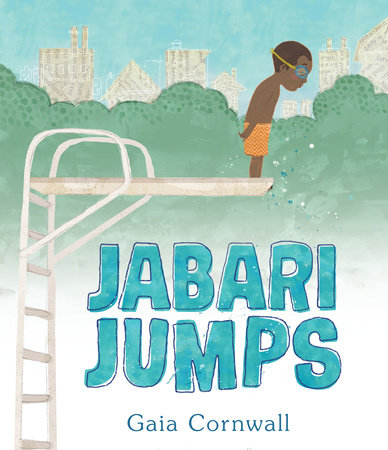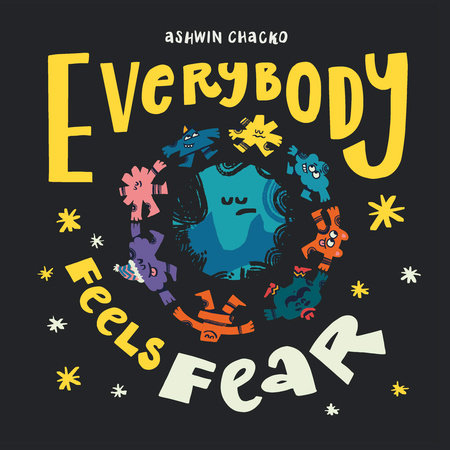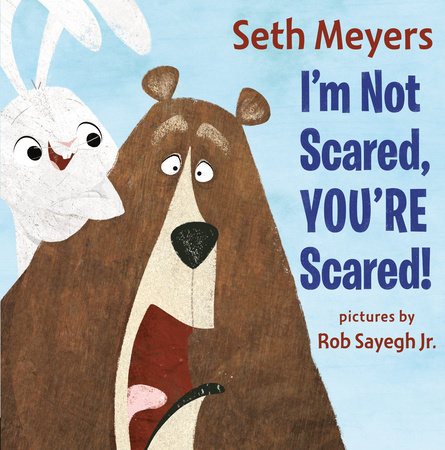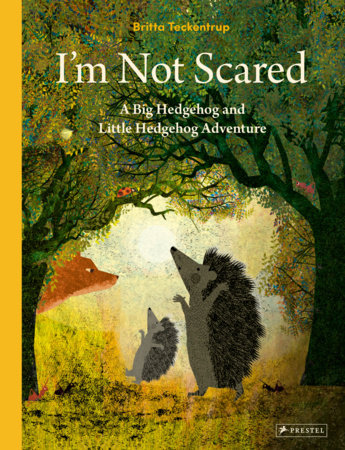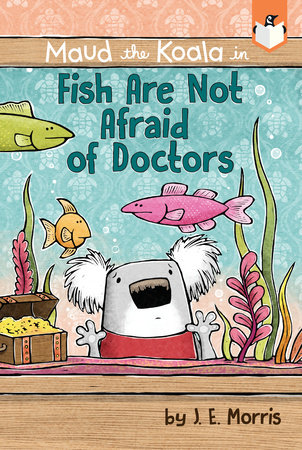Books To Help Kids Handle All Kinds of Uncomfortable Emotions
by Melissa Taylor
Some feelings are more difficult to handle than others. Feelings like anger, frustration, loneliness, worry, sadness, grief, and fear can be uncomfortable for kids. Yet it’s important for kids to be able to accept all their feelings, even the uncomfortable ones. Feeling the uncomfortable emotions is an important part of our overall emotional health and an important part of feeling the more pleasant emotions too.
We can help kids accept their uncomfortable emotions by using the language of comfortable and uncomfortable — as opposed to good or bad. The reason is that children are programmed to avoid “bad,” and we don’t want them to avoid feeling any of the feelings that are part of the human experience.
Books can be a great tool for connecting and empathizing with all kinds of different emotions. As you read these stories, talk about the feelings of the characters. Model curiosity. Listen. See what new emotional intelligence lessons these books can teach you and your children.
-
Books About Feeling All Your Emotions
The following books support kids in understanding different kinds of emotions and noticing when they are feeling them.
-
The Heart and the Bottle
Available from:As this wise story shows, we lose access to all our feelings, even the good ones, when we bottle them up. The bottle metaphor is literally drawn out for children to see. It might be helpful to use this in your family as you each choose to feel, not stuff, any emotions.
Also available from: -
A Little Emotional
Available from:From the illustrator of the Ordinary People Change the World series comes a humorous and heartfelt story about a boy struggling with uncomfortable emotions. Tommy’s favorite toy has gone missing, and he works through a range of emotions while he searches for it, from worry to anger and jealousy.
Also available from: -
Breathing Makes It Better
Available from:Part guide, part sweet story, Breathing Makes It Better shows children how breath can be their bridge from overwhelming emotions to a state of calm. Through easy and visual practices like imagining yourself outside in the wind, each story shows children how to use breath as a technique to resolve challenging situations.
Also available from: -
My Mixed Emotions: Help Your KIds Handle Their Feelings
Available from:My Mixed Emotions is an interactive handbook that helps tweens identify and handle different emotions. Focusing on the four basic emotions — happiness, anger, fear, and sadness — it’s filled with examples, the science behind each, and advice for dealing with those overwhelming feelings. It’s a good, age-appropriate way to help kids grow their emotional intelligence.
Also available from: -
It's OK
Available from:This tender guide teaches children the importance of grace, kindness, and gentleness towards themselves and others when facing negative emotions like sadness, anger, and jealousy. The relatable story highlights how others experience similar feelings. The practical exercises and affirmations are great tools for helping kids learn to cope with their emotions and show self-compassion.
Also available from: -

Femi and The Mindfulness Machine
Femi is a determined young boy, but sometimes he has to battle his nerves. As he prepares for Science Day, he shows his Grandma his wind machine. However, when it doesn't work as expected, his anxiety starts to rear its head. Follow Femi on this STEM journey where he courageously faces his fears and conquers his anxiety.
Preorder from: -
Sometimes, All I Need Is Me
Available from:In this heartwarming picture book, young readers meet a resourceful girl who discovers comfort and confidence within herself. It's a reassuring reminder for children that all the courage, joy, peace, and love they need can be found inside themselves, from debut author-illustrator Juliana Perdomo.
Also available from:
-
Books About Anger
Anger, according to Merriam-Webster, is a strong feeling of displeasure and usually of antagonism. This includes the feelings of furious, upset, mad, frustrated, and annoyed. Anger is not a bad emotion. In fact, it can be a way of noticing when something is wrong. When kids get angry, we can show them how to feel their anger and remain in control of their behavior.
-
Llama Llama Mad at Mama
Available from:Llama Llama becomes more and more irritated about shopping with Mama until he finally erupts in a tantrum. His patient mama agrees that shopping is not fun but they are together and can make it fun. Her words defuse Llama Llama’s anger. The two pick up the mess he made, finish shopping, and return home peacefully.
Also available from: -
Grumpy Monkey
Available from:It’s a beautiful day in the jungle, but Jim Panzee is in a terrible mood. His friends want Jim to cheer up, but it’s all too much for him and he stomps off. Later Jim realizes it’s okay to be grumpy sometimes. Use this hilarious book to show the importance of accepting our emotions and allowing them to pass.
Also available from: -
Mad, Mad, MAD
Available from:Everyone’s favorite toddler tackles tough emotions in this adorable title from bestselling creator Leslie Patricelli. Baby feels mad and tries throwing a tantrum to make the cranky feelings disappear. But it takes an intentional approach (and some deep breaths) for Baby to feel better.
Also available from: -
Anh’s Anger
Available from:When Anh throws a tantrum at dinnertime, he gets sent to his room to “sit with his anger.” In his room, Anh’s anger takes on the form of a creature, and they work through their uncomfortable emotions together. This story encourages children to talk about their feelings and accept responsibility for hurtful things they may have said or done while angry.
Also available from: -
Like Lava in My Veins
Available from:Bobby Beacon has sizzling superpowers — and a lava-hot temper. When his anger puts his place at the Academy of Kids with Awesome Abilities in jeopardy, Bobby fears he'll be sent to the institute for supervillains. Thanks to patience and guidance from his teacher, Bobby begins to control his emotions and powers, giving him the strength to save the day.
Also available from: -
Are You Mad at Me?
Available from:Children and adults with social anxiety will appreciate this adorable story about a young ostrich who worries about what other people think. When she gets nervous, her neck wobbles. So, when she picks up a special treat for a family gathering, her nerves and neck start to wobble beyond her control. Worrywarts of all ages will enjoy this light-hearted take on feeling anxious.
Also available from:
-
Books About Sadness and Grief
Grief happens in all sorts of situations that involve loss or change, from moving schools to the death of a loved one. Depressed, hurt, unhappy, and disappointment are all subsets of grief. We don’t do grief very well in our culture but we can get better. Hopefully these books and the conversations you have with your kids will help.
-
Pocket Full of Sads
Available from:This is the cutest book about sadness you’ll ever read. Rachel Más Davidson’s adorable animal characters and soft color palette beautifully accompany a heartwarming story about sadness and friendship. Bear feels down in the dumps, and Rabbit tries everything she can to help him feel better. But sadness doesn’t always have an easy fix, and Rabbit learns that being a good friend is the best thing she can do.
Also available from: -
The Rabbit Listened
Available from:Birds knock down the block tower Taylor just worked hard to build. His animal friends offer all kinds of suggestions for how to cope but none resonate with Taylor. When his rabbit friend simply listens, it’s the opportunity Taylor needs to feel all his feelings about the experience — grief, anger, and acceptance. A great book to help young kids process feelings around losses big and small.
Also available from: -
A Shelter for Sadness
Available from:Everyone feels sad sometimes, and this sweet picture book offers an excellent method for dealing with it. Instead of chasing his sadness away, a young boy builds a shelter to keep it safe. He visits the shelter often, and they talk through their uncomfortable emotions together.
Also available from: -
A Blue Kind of Day
Available from:This gorgeously illustrated picture book tackles depression, how it manifests in our bodies, and what parents and loved ones can do to help. When Coen spends the day crying, his family tries to cheer him up. When that doesn’t work, they listen to what he needs and follow his cues. It’s an important story that helps kids and parents recognize the symptoms of depression and know how to handle it.
Also available from:
-
Books About Fear
Fear includes the emotions worry and anxiety, two feelings that many kids experience daily. These stories can be touchstones when your kids are feeling fearful or anxious. Remind your kids of the ideas: What did Jabari’s dad do when Jabari felt scared? Or remember when Bear faced his fears to save his friend?
-
Jabari Jumps
Available from:Jabari wants to jump off the diving board but he’s scared. His dad helps Jabari with a strategy that makes things feel less scary — to take a deep breath and tell yourself you’re ready — and it works! Jabari eventually jumps. I love how Jabari’s father allows Jabari to feel his fear, gives him support, and waits for Jabari to dive when he feels ready.
Also available from: -

Everybody Feels Fear
Help your child find the funny in their fear with this vibrant, confidence-boosting picture book. Young readers will learn that it’s okay to be afraid sometimes and that humor can eliminate much of that feeling. It’s the perfect read-aloud for bedtime or whenever kids might feel frightened.
Preorder from: -
I’m Not Scared, You’re Scared
Available from:Late-night show host Seth Meyers delivers a funny and charming story about a bear who is afraid of everything and a rabbit who fears nothing. The friends head out on an adventure and learn that courage can appear when you least expect it.
Also available from: -
I’m Not Scared
Available from:Big Hedgehog and Little Hedgehog spend a day together, walking and talking about the things that scare them. From real dangers to imaginary ones, the adorable animals face each fear as it appears. This stunning picture book is an excellent read-aloud to help kids identify and deal with their fears.
Also available from: -
Fish Are Not Afraid of Doctors
Available from:Like most kids, Maud is anxious about getting a checkup. She stares at the aquarium in the waiting room, jealous of the fish inside that don’t need doctors. When she’s told she needs a shot, she closes her eyes and pretends she is a fish. Swimming along in her head, she never even feels the needle. This installment in the Maud the Koala series is a wonderful example of the power of the mind to overcome anxiety and fear.
Also available from:
Editor’s note: This article was originally published in 2017 and updated in 2024.

